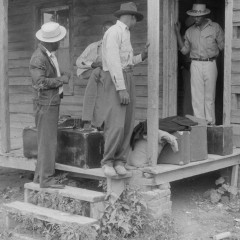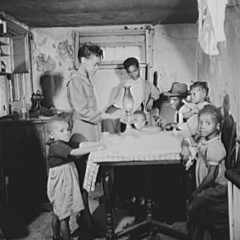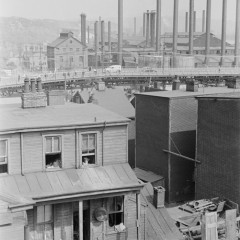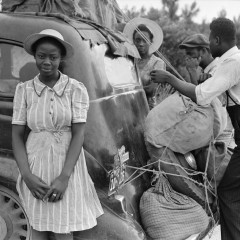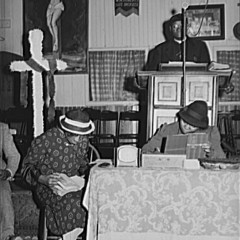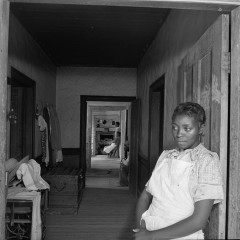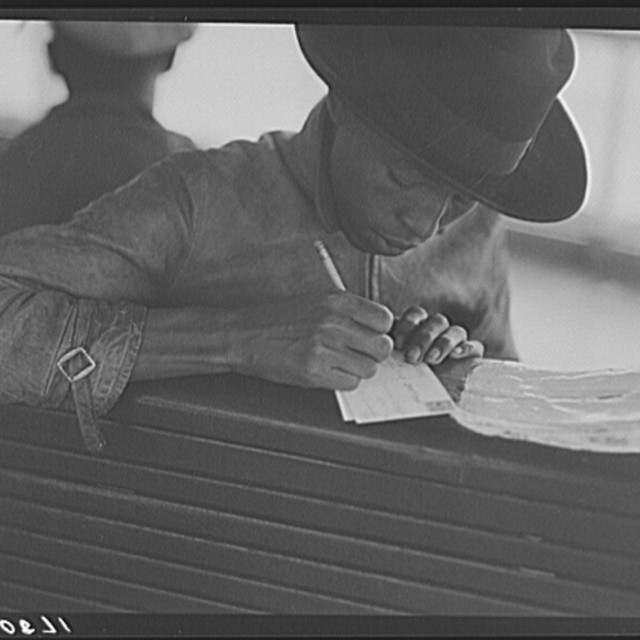
At the start of World War I, when African American migrants chose to uproot themselves from their longtime homes in the South, they took a major leap of faith that a better life awaited them in the “promised land” of the North.
With self-determination and resilience, hundreds of thousands of migrants joined the movement and collectively voiced their opposition to the repressive conditions of the South. Life in the North, they hoped, would offer better jobs; educational opportunities; social, political, and economic mobility; and personal freedoms. Yet the harsh realities of surging numbers of migrants in northern cities introduced new challenges.
Letters sent home to loved ones and close friends provided an important glimpse into the conditions of the migrants’ new urban lives. In the face of overcrowded housing, poor working conditions, ongoing discrimination, race riots, and bombing, “the migrants kept coming.”
